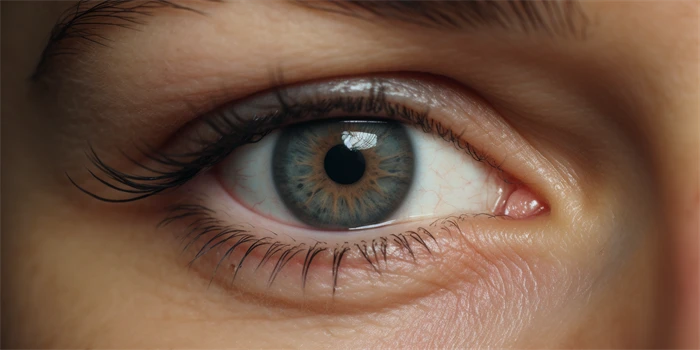Blepharoplasty, also known as eyelid surgery, is a popular cosmetic procedure that aims to improve the appearance of the eyelids and address issues such as drooping eyelids, under-eye bags, or excess skin. However, determining the ideal age for blepharoplasty is a matter that requires careful consideration. From the perspective of both a professional plastic surgeon and the potential patient, this article will explore various aspects regarding the appropriate age for undergoing blepharoplasty.

1. Medical maturity
Before considering blepharoplasty, a candidate should ensure that they have reached full medical maturity. In general, this occurs in the late teen years or early adulthood. Waiting until the facial features have fully developed can help ensure that the results of the procedure will be long-lasting and satisfactory.
2. Physical and emotional readiness
A good candidate for blepharoplasty should be physically and emotionally prepared for the procedure. It is important to have realistic expectations and understand the potential risks and benefits associated with the surgery. A mature individual who is genuinely motivated to improve their appearance may be better suited for undergoing blepharoplasty.
3. Appearance-related concerns
Individuals with specific appearance-related concerns related to their eyelids may benefit from blepharoplasty. Common issues include sagging or drooping eyelids, prominent under-eye bags, or excess skin that obstructs vision. These concerns can manifest at different ages, and the appropriate age for blepharoplasty would depend on the severity and impact of the issue on the individual's quality of life.
4. Genetic predisposition
Some individuals may be genetically predisposed to developing eyelid-related concerns at an earlier age. If sagging eyelids or under-eye bags run in the family, it might be reasonable for an individual to consider blepharoplasty at a younger age to address these concerns before they become more pronounced.
5. Personal circumstances
Personal circumstances, such as career requirements or life events like weddings or reunions, may influence an individual's decision to undergo blepharoplasty. It is crucial to consider the timing of the surgery to allow for proper healing and recovery. Planning the procedure well in advance and discussing it with a qualified plastic surgeon can help determine the appropriate age within the context of personal circumstances.
6. Non-surgical alternatives
Before considering blepharoplasty, individuals should explore non-surgical options to address their concerns. This may include non-invasive treatments such as Botox or dermal fillers. However, it is important to note that these alternatives may provide only temporary results and not be suitable for severe cases. Consulting with a qualified plastic surgeon can help determine the best approach for achieving the desired outcome.
7. General health and medical history
An individual's overall health plays a significant role in their eligibility for blepharoplasty. A thorough evaluation of the candidate's medical history, including any pre-existing conditions, allergies, previous surgeries, or medications, is necessary to ensure their safety during the procedure. It is recommended that individuals be in good health, both physically and mentally, before undergoing any elective surgery.
8. Recovery and downtime
Blepharoplasty requires a period of recovery and downtime. The appropriate age for the procedure should take into consideration the individual's ability to allow for adequate healing time and follow the post-operative instructions provided by the surgeon. Factors such as school, work, or other commitments may need to be considered when deciding on the optimal age for undergoing blepharoplasty.
9. Surgeon's recommendation
The opinion of a qualified and experienced plastic surgeon is invaluable when determining the appropriate age for blepharoplasty. A consultation will allow the surgeon to assess the individual's unique situation, discuss their goals and concerns, and recommend the most suitable time for the procedure.
In conclusion, there is no fixed age that can be deemed as universally appropriate for blepharoplasty. The decision should be made in collaboration with a skilled plastic surgeon, taking into account various factors discussed above, along with the specific needs and aspirations of the individual seeking the procedure.
References:
1. American Society of Plastic Surgeons. (n.d.). Eyelid Surgery. Retrieved from https://www.plasticsurgery.org/cosmetic-procedures/eyelid-surgery
2. Mayo Clinic. (2021, March 26). Blepharoplasty. Retrieved from https://www.mayoclinic.org/tests-procedures/blepharoplasty/about/pac-20385174
3. American Society of Ophthalmic Plastic and Reconstructive Surgery. (n.d.). Eyelid Surgery: What is Blepharoplasty? Retrieved from https://www.asoprs.org/page/eyelidsurgery





